Overview
Chinese Name: 象山
English Name: Elephant Trunk Hill; Elephant Hill; Xiangshan
Location: Guangxi
Type: Ancient culture and art
Rating Level: AAAAA (5A)
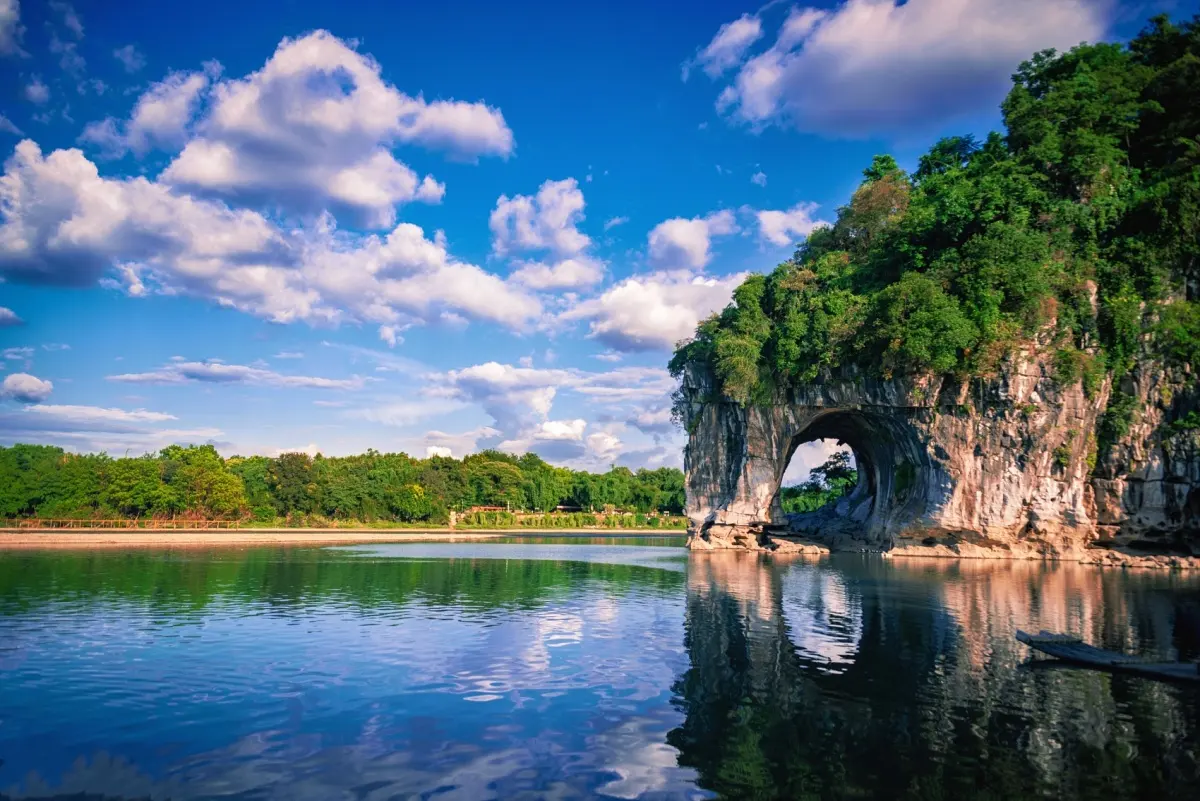
Brief Introduction
Elephant Trunk Hill, formerly named Li Mountain 漓山, is located at the confluence of the Taohua River 桃花江 and Lijiang River 漓江 in Guilin City. The mountain is named because it looks like a giant elephant standing by the river, stretching its nose and drinking the Lijiang River spring. It is known as the symbol of the Guilin 桂林 landscape.
Elephant Trunk Hill is famous for its magic. Its magic is, first of all, the combination of shape and spirit, and secondly, the creation of a bright moon between the nose and legs, which forms the wonder of “XiangshanShuiyue 象山水月”.
Elephant Trunk Hill is the city emblem mountain of Guilin and the symbol mountain of Guilin tourism.
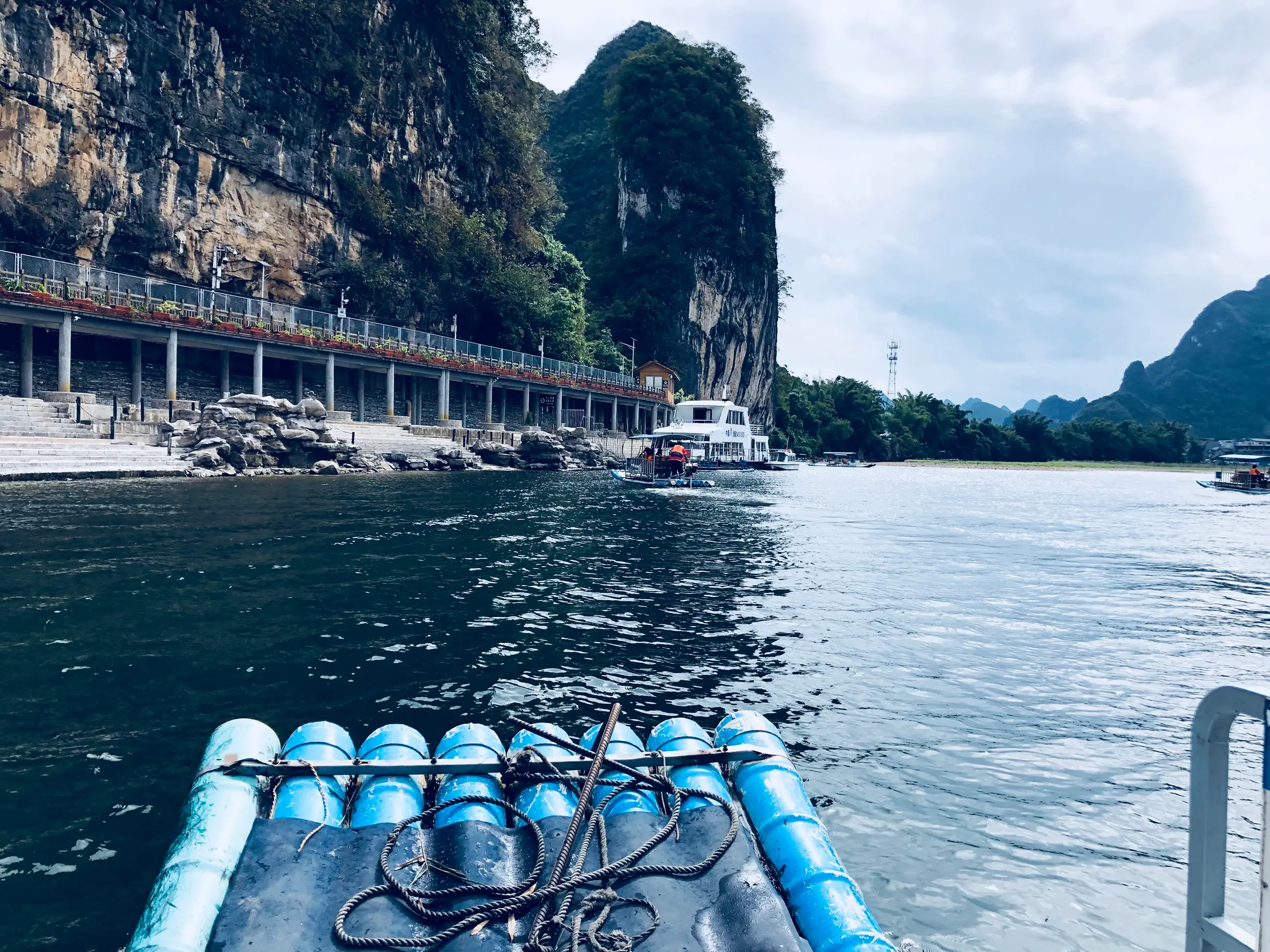
It is located at the confluence of the Lijiang River and Taohua River in the center of Guilin. It looks like a giant elephant. Between its trunk and its legs is a round hole with an area of about 150 square meters. The river flows through the hole like a bright moon floating on the water. The Xiangshan Shuiyue located on the west bank is opposite the moon-piercing rock on the east bank of the Lijiang River. One is hanging in the sky and the other is floating in the water, forming a unique landscape of “Elephant Mountain and Water Moon”.
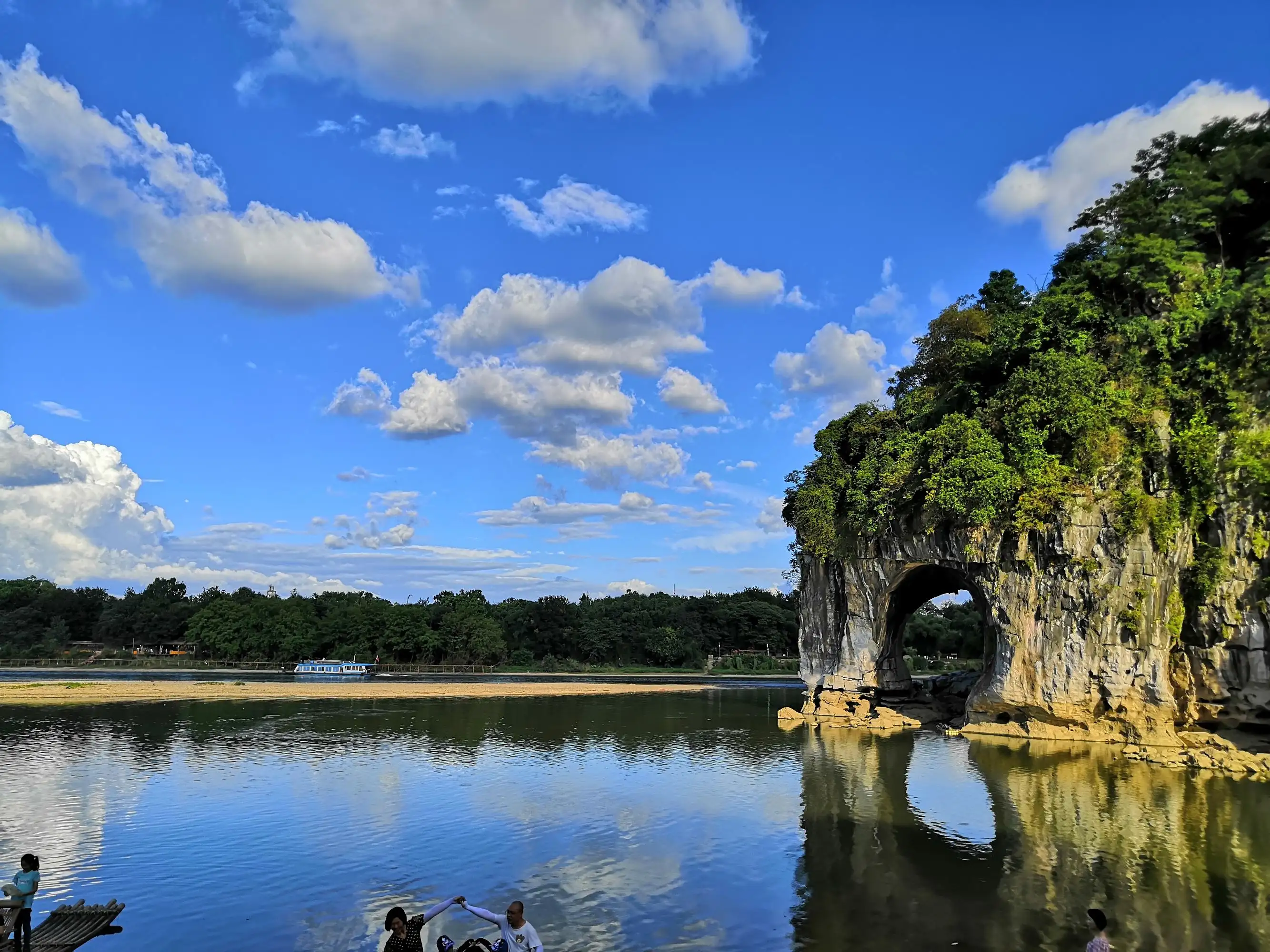
What are worth visiting and seeing?
Architectures
Shuiyue Cave 水月洞 is between the trunk and leg of the Elephant Trunk Hill. About 12000 years ago, the rise of the earth’s crust and the shrinking of the Lijiang River accelerated the development of Shuiyue Cave, forming a transparent round cave. Shuiyue Cave is 17 meters long, 9.5 meters wide, and 12 meters high and covers an area of about 150 square meters.
The Shuiyue Cave is also called Chaoyang Cave 朝阳洞. But the hole in the water, like the moon floating on the water, is very vivid, so the name Shuiyue has been used up to now. “Elephant Mountain and Water Moon” is one of the wonders of Guilin’s mountains and waters. Scholars can’t help but marvel at the literal prose.
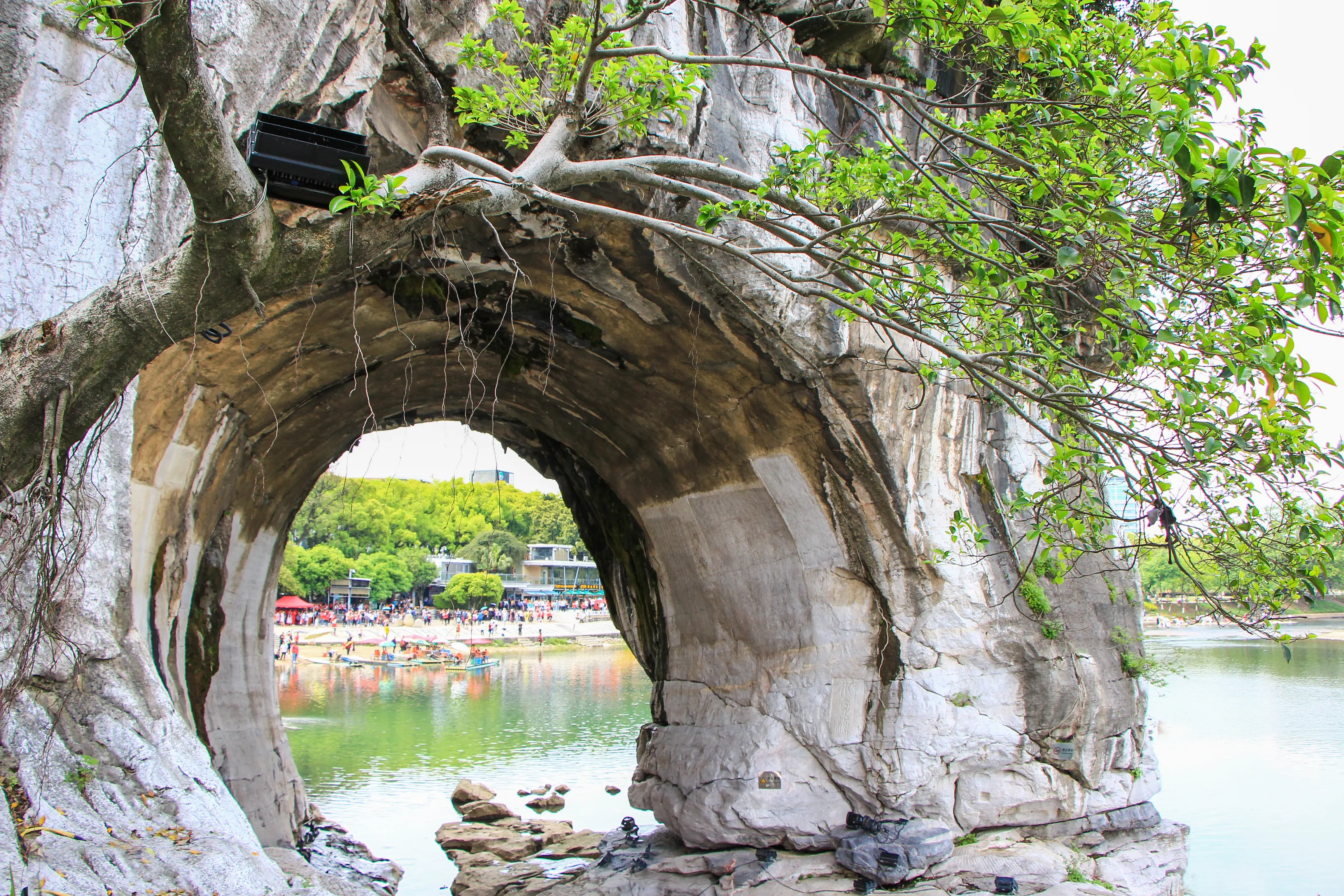
The Chaoyang Pavilion 朝阳亭 was built in the Shuiyue Cave of Elephant Trunk Mountain in the Song Dynasty. The pavilion has been abandoned for a long time. But more than 800 years ago, a back-to-back lawsuit between two former and later local governors of Guizhou around the naming of Shuiyue Cave has always been an eternal topic for visitors here.
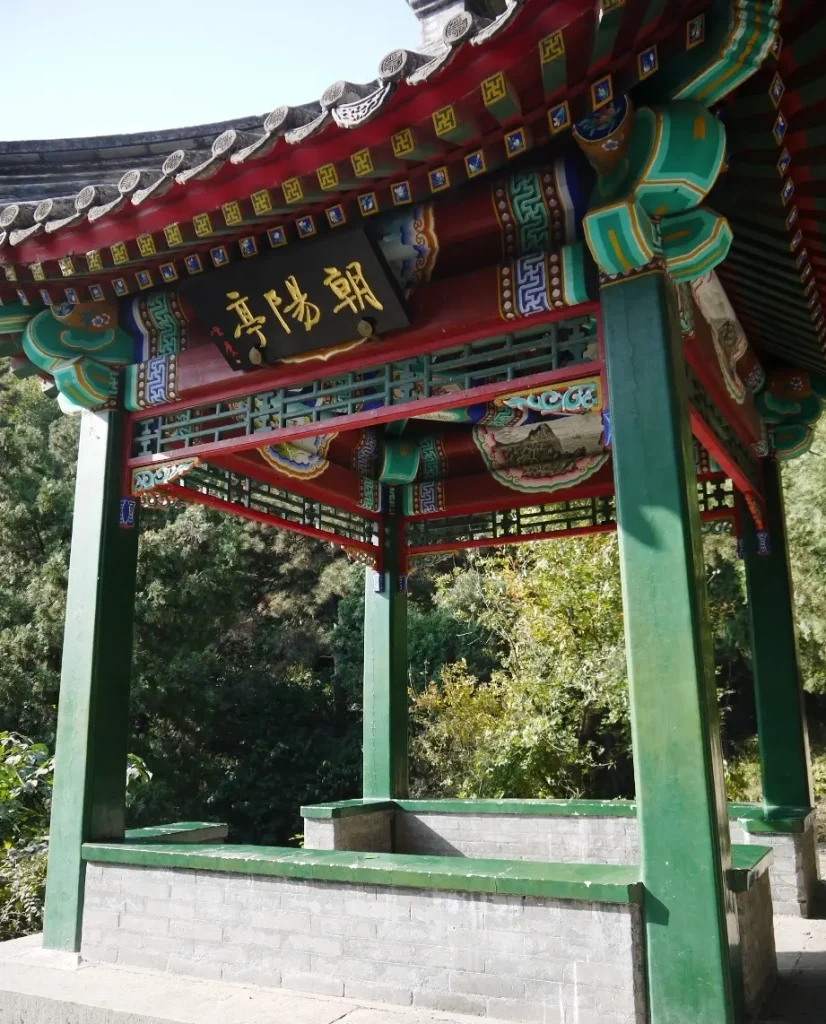
Elephant Eye Rock is located on the north and south sides of the Xiangbi Mountain mountainside, connecting with each other. It is about 2m high, 5-10m wide, 52.8m long, flat, and long, and covers an area of 274 square meters. Elephant Eye Cave is a short ancient underground river channel, which was formed earlier than Shuiyue Cave. It is named because it happens to be at Elephant Eye.
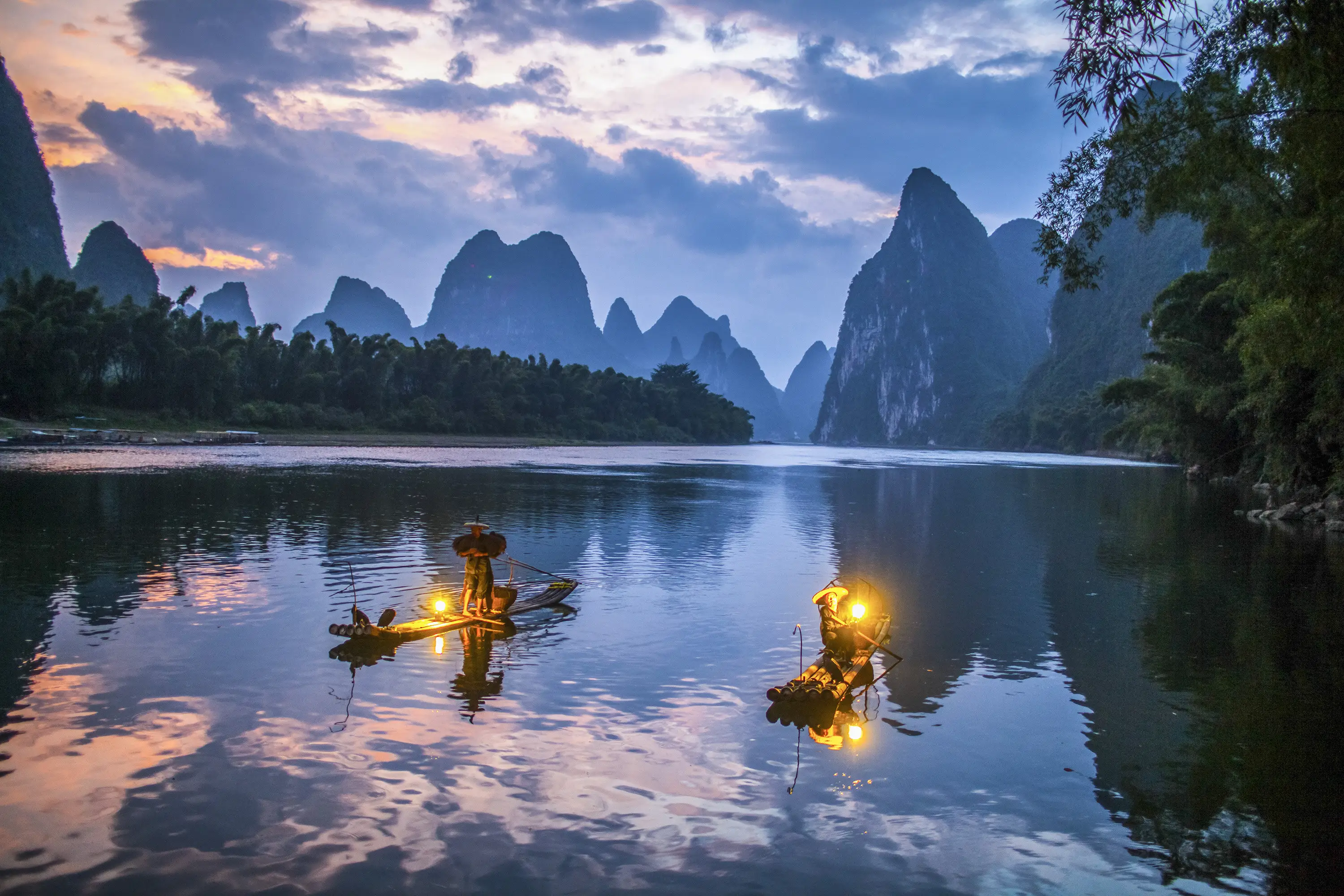
The Bodhisattva Pagoda 普贤塔 on the top of the mountain was built in the Ming Dynasty to worship Bodhisattva 普贤菩萨. There are only two pagodas dedicated to Bodhisattva in China, one is Mount Emei in Sichuan 四川 and the other is Elephant Trunk Mountain in Guilin. The Bodhisattva Pagoda follows the Lama-style solid brick pagoda of Tibetan culture, with a height of 13.6 meters and a double octagonal Xumi 虚弥 tower. The octagon was adopted because the ancients believed that the sky was round and the place was square. The Bodhisattva had a wish that he could save all living beings and make the Buddha’s light shine in all directions.

Folklore
Yunfeng Temple 云峰寺 is not only the headquarters of the Taiping Heavenly Kingdom 太平天国 but also the monk’s house of Jianzhen 鉴真, the founder of Japanese Buddhism. After the failure of Jianzhen’s five eastward voyages to Japan in the Tang Dynasty, he traveled around Guangdong from Fujian to Guilin and lived in Yunfeng Temple at the foot of Elephant Trunk Mountain for more than a year.
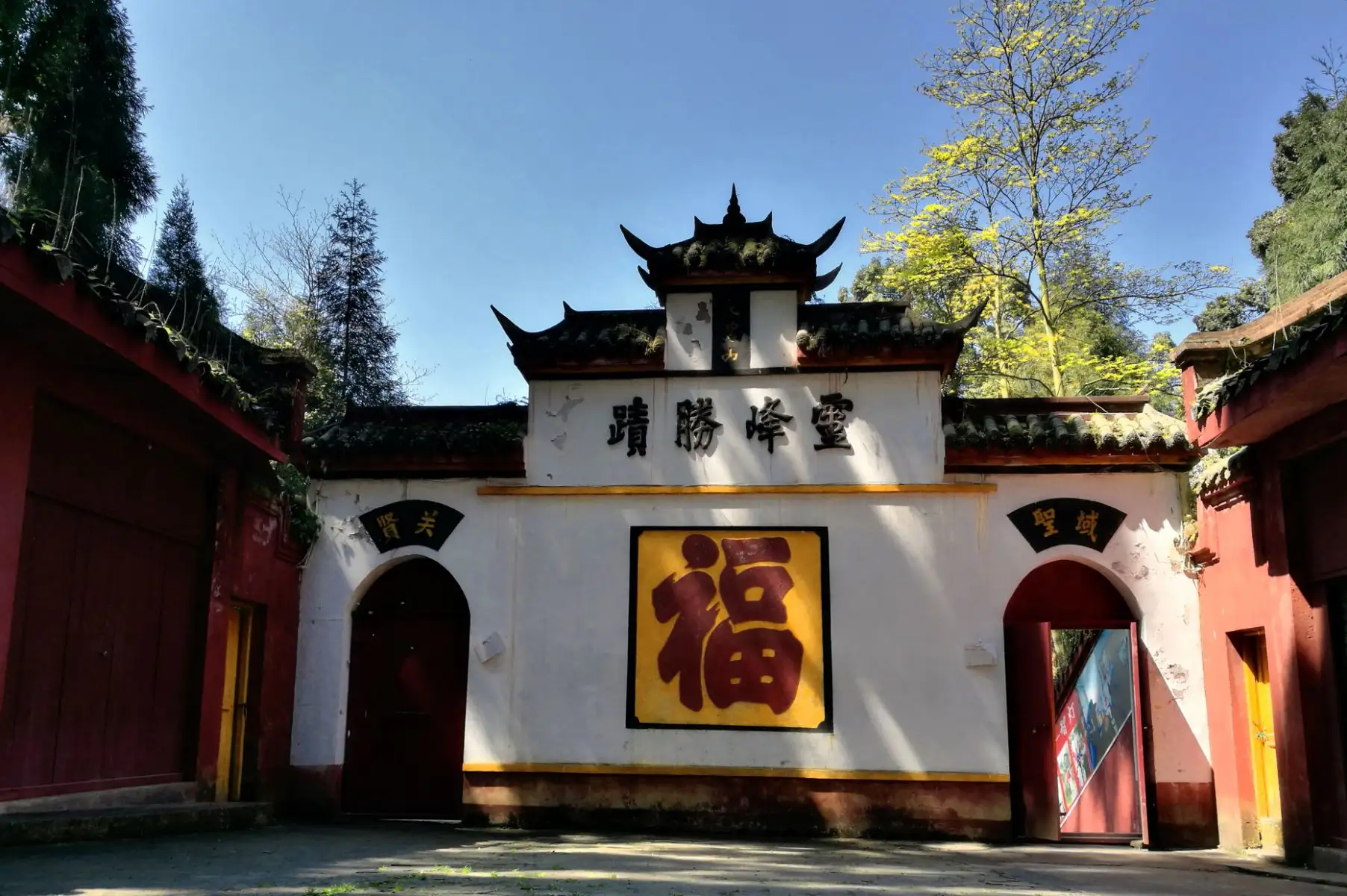
Hundreds of southern elected envoys from 14 Lingnan prefectures, all prefecture government officials, and electoral examiners below the governor gathered in Guilin, all of whom were taught by Jianzhen at that time. One year later, Monk Jianzhen boarded a boat on the Elephant Trunk Mountain and went south to Japan for the sixth time, and finally succeeded. Monk Jianzhen’s year in Guilin has become a great event in the history of Guilin Buddhism.
During the Tang Dynasty, Monk Jianzhen was prevented from traveling to Japan six times and came to Guilin. He stayed in the stupa with dozens of Japanese monks for more than a year.
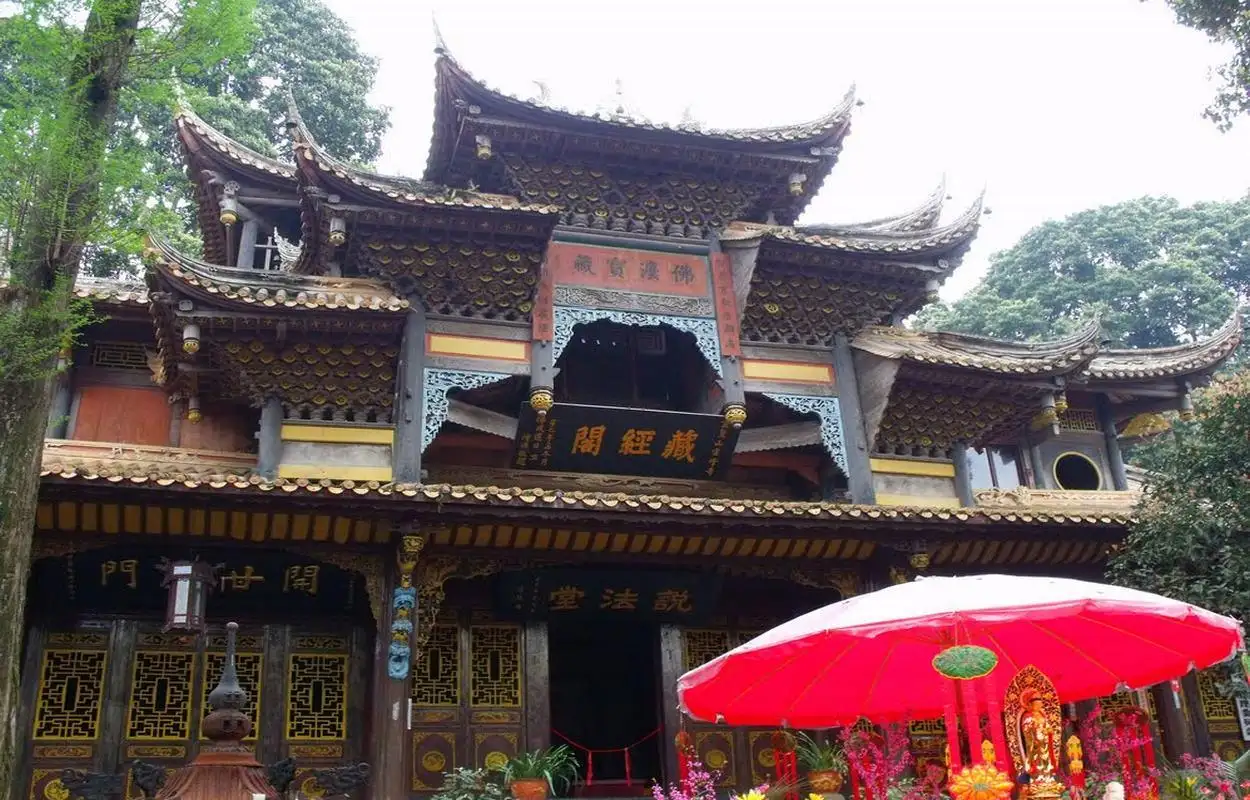
Exploring Guilin with Expats ep.01| Elephant Trunk Hill
You might be interested in: